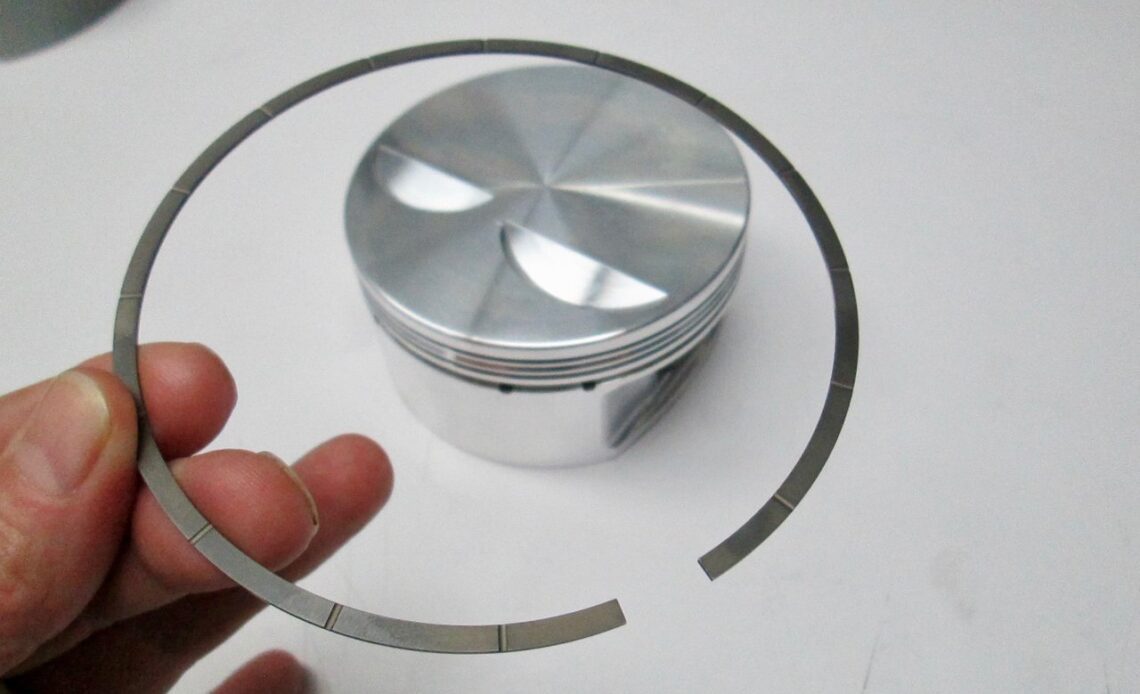Research has proven how critical piston rings are to internal combustion engines. The rings are the primary source of friction inside the engine, which we know causes a loss of power and increases heat. But, for the pressure of compression and, to a greater extent, the expansion created by ignition when the air/fuel mixture burns and creates peak cylinder pressure, the rings are what keep that goodness sealed up atop the piston. It’s a high-stress environment and the piston ring is dealing with an extreme compromise.
On one hand, we want the ring to seal completely and contain all of the energy and pressure up in the combustion chamber where it belongs. This way, it can use its pressure to force the piston down the bore and turn the crankshaft with maximum potential power. On the other hand, we want to minimize the friction between the piston ring and the cylinder wall, so we don’t waste any of that precious power we just created to overcome frictional losses. What can we do to minimize this compromise?
First, we can make the piston rings as thin as possible. This minimizes their “footprint” on the cylinder wall so friction is lessened. We want to make the ring as thin as possible while making sure it still can seal effectively. We can run a thinner ring if we know it has sufficient pressure to hold it firmly against the cylinder wall.
The lateral grooves machined into the top face of the piston ring allow combustion gasses to make their way behind the top ring, and exert force outward on the ring, making for a better seal, with no holes drilled in the pistons themselves.
Using Combustion Pressure To Seal
Creative engineers discovered that they could borrow a little cylinder pressure from the engine to assist the rings in sealing to the bore by drilling small holes down through the top of the piston to the space behind the ring — this is called gas-porting a piston. This way, the ring seal would improve dramatically when cylinder pressure was high, but the tension would drop when that cylinder pressure was no longer present (at the bottom of the power stroke) and ring resistance against the cylinder bore wall could be minimized on the exhaust stroke. This gas porting has been a proven upgrade for decades.
This is a very common modification on race-only engines that get rebuilt often, but because the holes drilled through the deck of the piston are so small, they get clogged up quickly in street engines where more carbon is present and…
Click Here to Read the Full Original Article at DragzineDragzine…

